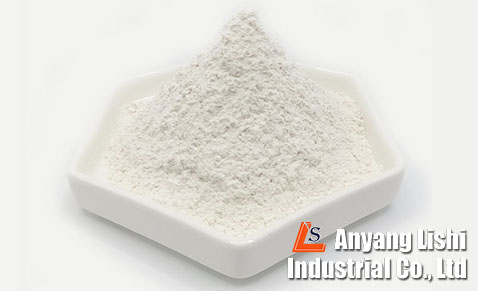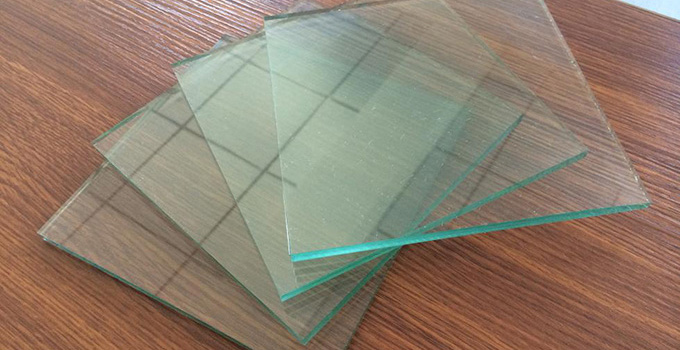
Sodium feldspar is a crucial component in the production of float glass, a widely used type of glass known for its smooth, flat surface. Float glass is created through a process called the float glass method, where molten glass is poured onto a surface of molten tin, resulting in a high-quality glass sheet. The application of sodium feldspar in this process is extensive and pivotal to the final glass product.

Float glass production begins with a mixture of raw materials, including silica sand, soda ash, dolomite, limestone, and sodium feldspar. Sodium feldspar, with its unique properties, plays a significant role in the glass-making process. One of its primary functions is to act as a fluxing agent, facilitating the fusion of other raw materials at lower temperatures during the melting stage.
Sodium feldspar is rich in sodium oxide (Na2O) and aluminum oxide (Al2O3), which help in lowering the melting point of the glass batch. By reducing the melting temperature, sodium feldspar ensures energy efficiency during the melting process, leading to cost savings in the production of float glass. Additionally, sodium feldspar contributes to the increase in glass viscosity, improving the workability of the molten glass.
The presence of sodium oxide in sodium feldspar powder helps enhance the homogenization of the molten glass, ensuring a consistent composition and reducing defects in the final glass sheet. This contributes to the optical clarity and quality of the float glass, making it suitable for various applications in the architectural, automotive, and other industries.
In the float glass manufacturing process, the raw materials, including sodium feldspar, are carefully proportioned and mixed. The mixture is then fed into a high-temperature furnace where it is melted to form a viscous molten mass. Sodium feldspar, due to its fluxing properties, aids in the smooth and efficient fusion of the raw materials, resulting in a homogeneous molten glass.

Once the molten glass is achieved, it is carefully poured onto a shallow pool of molten tin, a process known as the “float bath.” The molten tin has a higher density than the glass, allowing the glass to “float” on top. As the glass spreads across the tin surface, it undergoes a controlled cooling process, eventually solidifying into a smooth, flat glass sheet.
The final float glass product, thanks to the inclusion of sodium feldspar, exhibits excellent surface quality, optical clarity, and uniform thickness. These characteristics make it highly desirable for architectural applications such as windows, doors, curtain walls, and various other glass products used in both residential and commercial buildings.
In summary, sodium feldspar’s role in the float glass production process is vital. Its fluxing properties, low melting temperature, and ability to improve the workability of molten glass contribute to energy efficiency, cost-effectiveness, and the overall quality of the final float glass product, making it an essential ingredient in modern glass manufacturing.

Whether you have questions or you would just like to say hello,Contact us!
Call Anytime:
+86 15837207537Send E-mail:
info@lsakminerals.comAddress:
Anyang City , Henan Province, China.